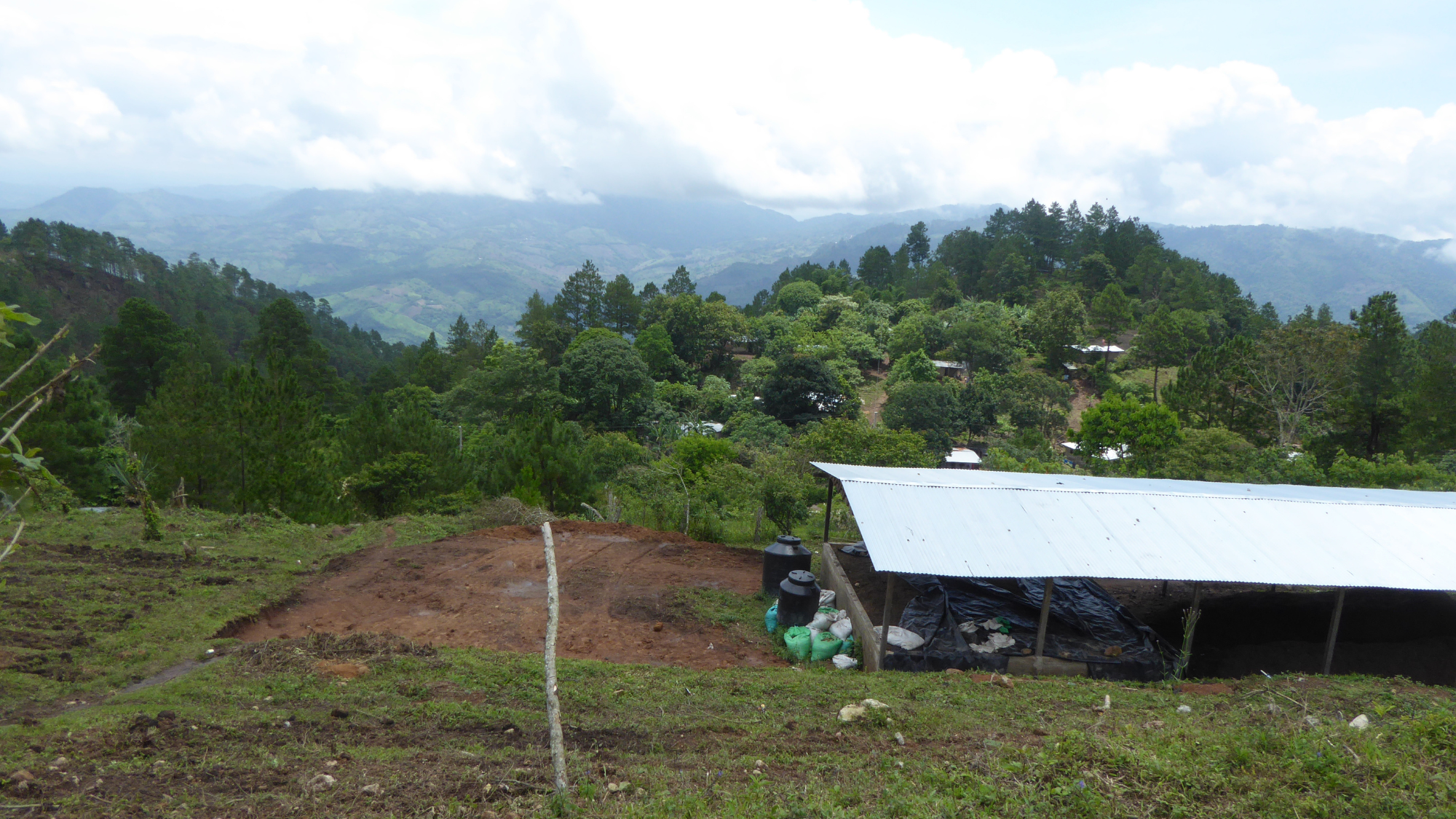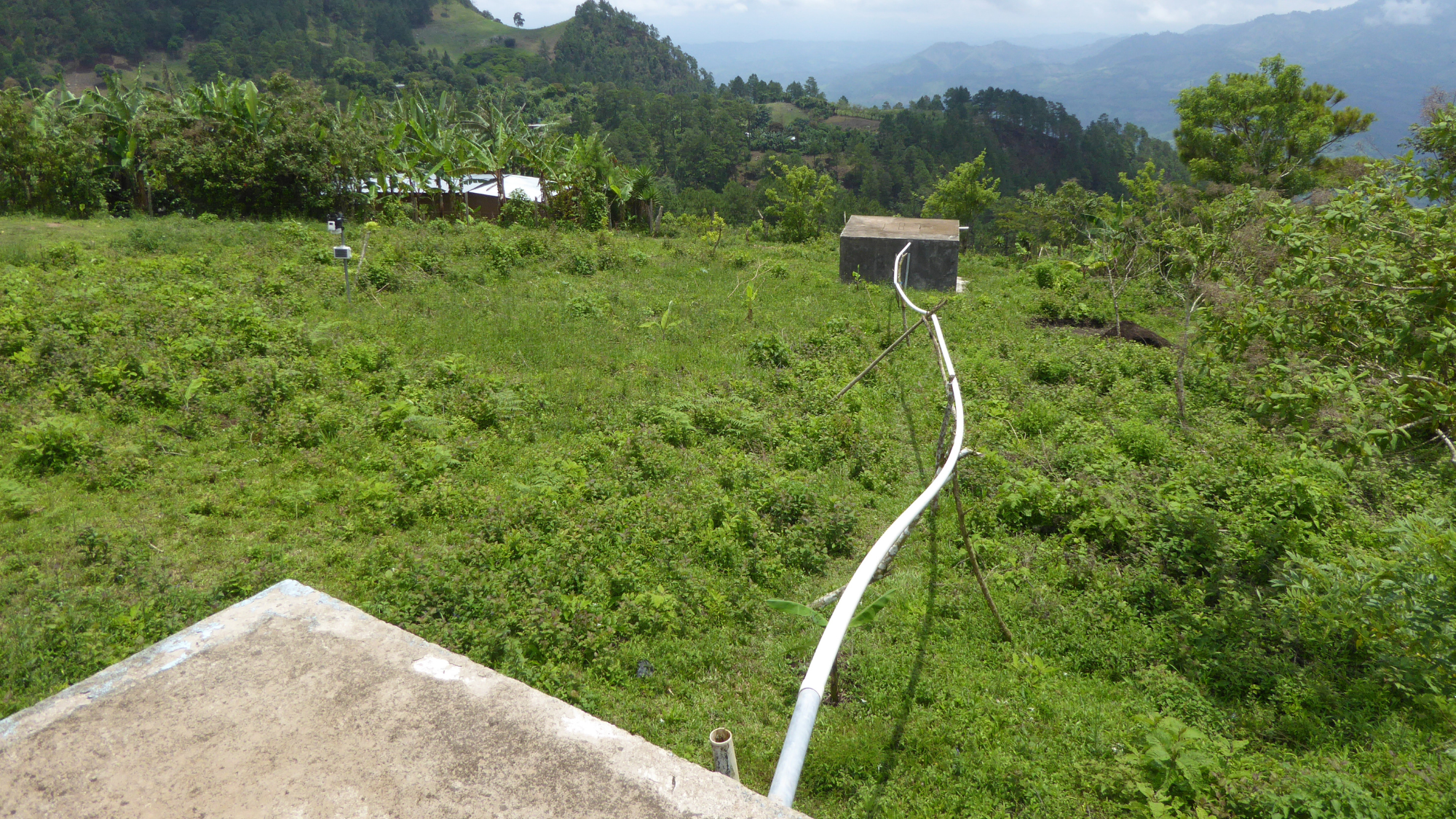Our Motivation
Even though the people of Central America have contributed very little to global warming, it is a region particularly vulnerable to climate disruption, with Honduras, Nicaragua, and Guatemala ranked among the ten countries considered most at risk. Throughout CA, 90% of agricultural production is rain-fed, resulting in a high dependency on rainfall for food production, biodiversity, and soil preservation. In addition, growing-season temperatures are important, as the production of principal crops is expected to decline with rising temperatures. Smallholder farmers routinely face threats to their livelihoods by pricing and economic structures, climatic variability and extremes, and crop diseases, and as a result, possess limited adaptive capacity. Thus, information on climate variability and change provides context and supports building sound adaptation strategies and adaptive capacity at the local scale.
However, in contrast to industrialized countries, recent climatic shifts in the highly diverse region of Central America are not well understood due to sparse on-the-ground observations, and as the skill of global climate, products have not been thoroughly evaluated for the region (as they have for industrialized countries). Central America is home to the Central American Dry Corridor, a region with a dry season that can last several months. The Central American Dry period is the place where much of the small-scale farming in the region takes place. Yet, there is no authoritative ‘outline’ of the Central American Dry Corridor, because the definitions vary. Climate is definitely a defining feature, but researchers have differed on which climatic metrics to include. Some have included economic factors, or to which degree El Nino impacts the region.
Given the regional complexity in topography and climatic influences in Central America and the lack of comprehensive observational (i.e. weather station) data, our study had three objectives:
- We tested different high-quality global satellite datasets to find out which best represented the actual climate for the region.
- We evaluated and mapped recent trends for temperature, precipitation, drought, and aridity to visualize how climate has changed.
- We delineated those regions in Central America that were most sensitive to climate change, based on different descriptions of what constitutes the Central American Dry Corridor (CADC) and identified if and where these regions have become drier.
Our Approach
We examined the performance for satellite-based global climate data products (CHIRPS/CHIRTS, ERA5, MERRA-2, PERSIANN-CDR) as compared to the observation-based GPCC precipitation dataset. These datasets are then used to calculate the trends and changes in aridity and drought in Central America over the last four decades. We used and adapted prior definitions of the Central American Dry Corridor to map water-limited regions that are important for rain-fed agriculture and particularly vulnerable to further drying under climate change.
Our Results
A general warming trend was found across Central America. That warming corresponded to 0.2 - 0.8 °C per decade, or 1-2 °C over 4 decades, very much in line with the projections of climate scientists, and with predictions that warn of serious climate disruption. The warming was strongest for spring and winter, and widespread drying was indicated by several measures for the summer growing season. Changes in annual precipitation vary across the region. The greatest declines of 20-25% was in eastern Honduras/Nicaragua and in several parts of Mexico. Notably, some regions in the Central American Dry Corridor that are most vulnerable to drying have been subject to statistically significant trends toward summer drying, increases in drought and aridity driven by precipitation declines, and/or a lengthening of the winter dry season. Our findings highlight that some of the most economically vulnerable areas dependent on rain-fed agriculture are most threatened by climate disruption, especially drying during the important planting season. Thus, these are the areas where capacity building, resources, and climate adaptation measures are needed most urgently.
For more information, please see: Stewart, I. T., Maurer, E. P., Stahl, K., & Joseph, K. (2022). Recent evidence for warmer and drier growing seasons in climate sensitive regions of Central America from multiple global datasets. International Journal of Climatology, 42(3), 1399-1417 https://doi.org/10.1002/joc.7310.

Vulnerable Regions in Central America Affected by Climate Change
Especially climate-sensitive regions identified by this study (brown) and the areas within these climate-sensitive regions for which significant trends toward drying were found. Several measures of drying were used: Mean annual precipitation, summer wet season (JJA) precipitation, winter dry season (DJF) precipitation, or July aridity.
Figure by Iris Stewart-Frey.

Decreases in Rainfall in Central America over the Past 40 Years
Significant decreases in rainfall have occurred where dark red colors are seen. Most decreases in rainfall have occurred during the summer, the main growing season, and in vulnerable regions.
Figure by Iris Stewart-Frey.

Length of Dry Season and Aridity
For many vulnerable regions, rain is very seasonal and there is a dry season that can stretch from November through May. We found that the length of the dry season is overall decreasing, but that the summer aridity has been increasing over the past 40 years.
Figure by Iris Stewart-Frey.
For more information: Stewart, I. T., Maurer, E. P., Stahl, K., & Joseph, K. (2022). Recent evidence for warmer and drier growing seasons in climate sensitive regions of Central America from multiple global datasets. International Journal of Climatology, 42(3), 1399-1417.


